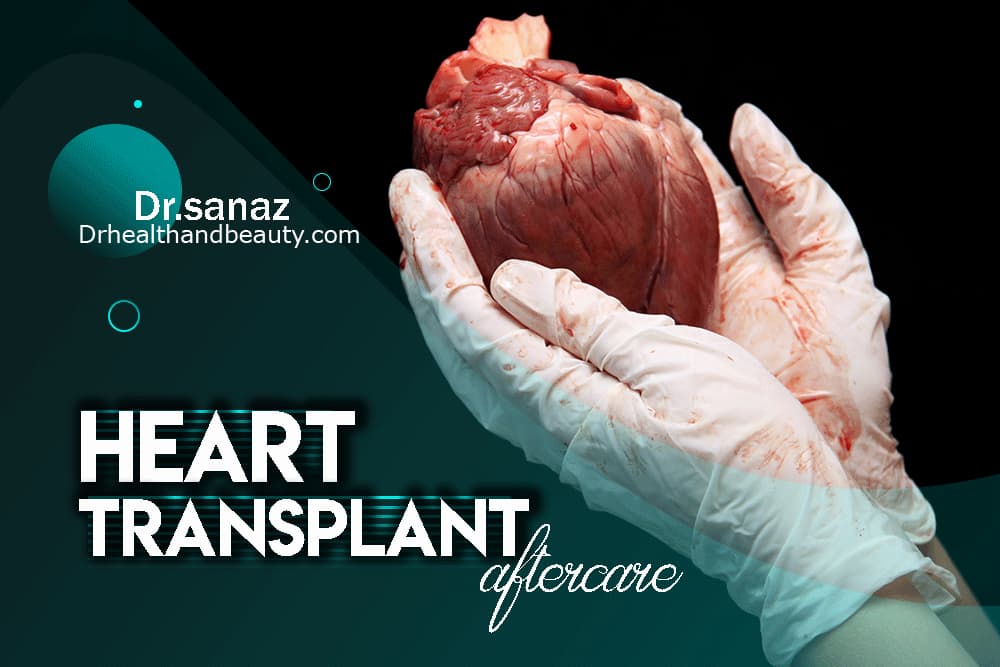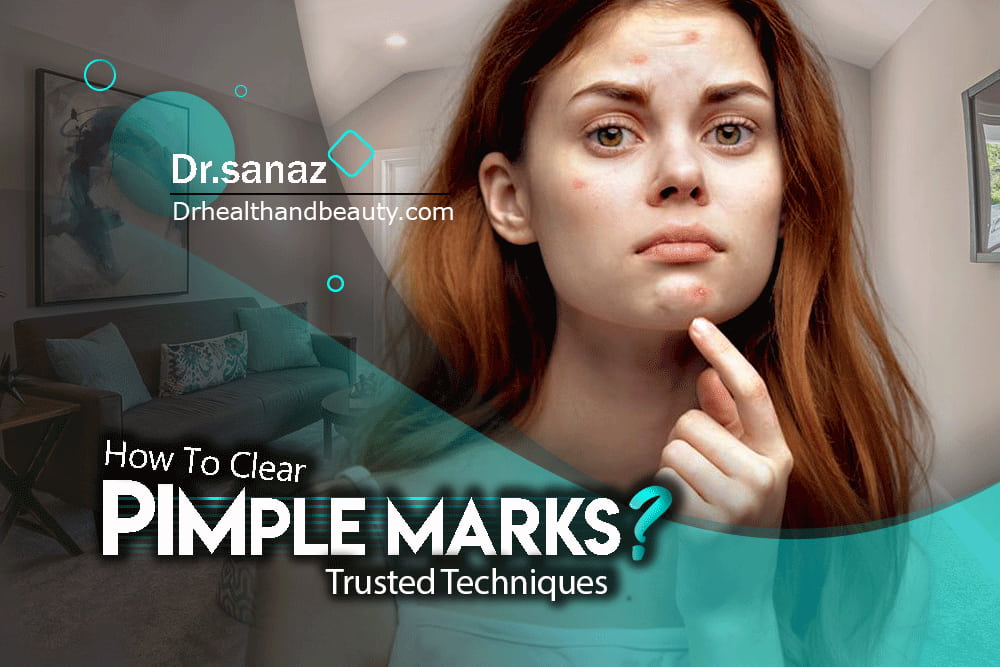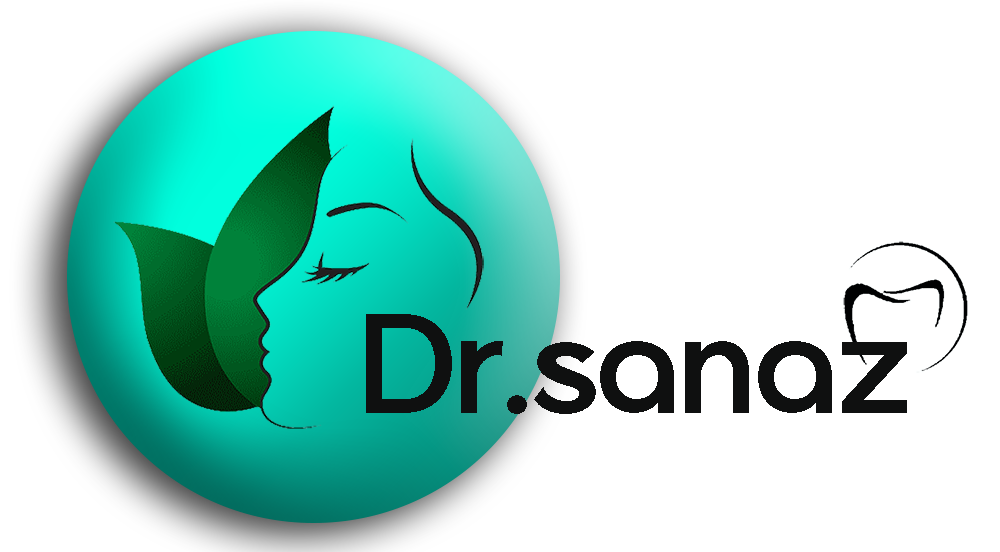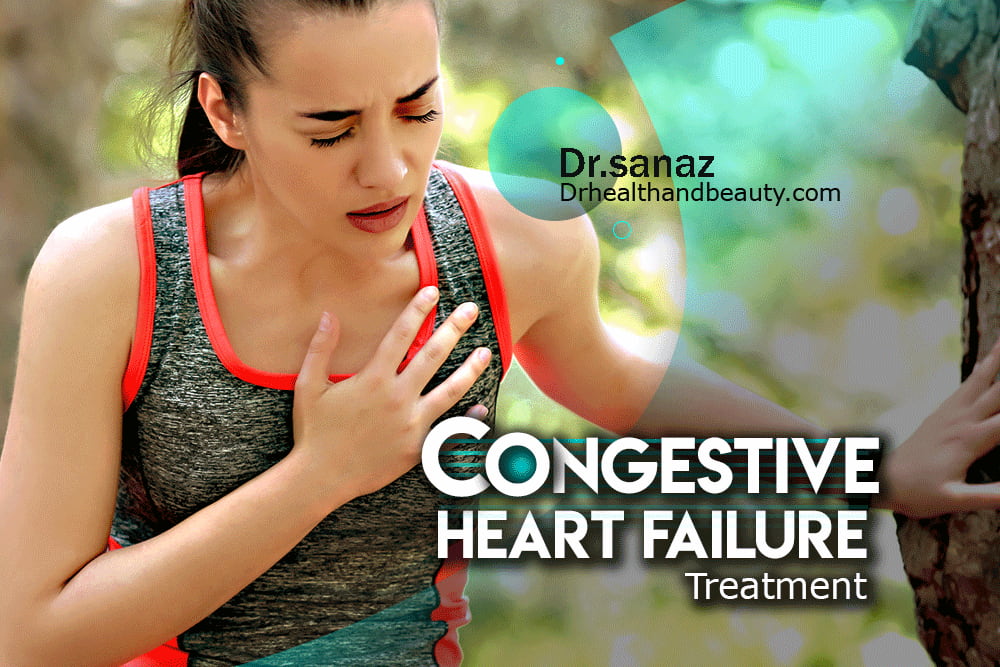

How to clear pimple marks? Trusted Techniques
Table of Contents
Pimples and acne are one thing, and the story of their place and scars is another story. Acne and pimples heal and disappear over time. But scars and spots do not disappear so easily, and dealing with them has its own obstacles.
Fortunately, the methods of treating and improving scars and spots of pimples and acne have progressed a lot, and today, there are many solutions to solve this problem.
Today, we want to review the home and clinical methods of treating scars and spots of acne and pimples.
First, we need to see what the effects of boils are like. Boils can be in different forms, such as sunken, fleshy and dark spots, or raised, each of which has its own treatment method.
But before that, we need to know why boils remain.
How are Pimple marks created?
(Why do pimples leave marks?
Acne and pimple scars are the result of inflammation of acne spots. Acne pores become swollen, and cracks occur in the pore wall.
Some acne spots are small, and the resulting scar is shallow and heals quickly. Sometimes, the contents of the stains spill into the surrounding tissue and cause deeper scars. It is in this situation that one should look for a way to remove the boil.
Acne actually happens because your body is trying to repair the acne. How your body reacts to a wound will determine how much acne scarring you will have.
The repair process involves the creation of collagen. If there is too much collagen, raised scars appear. Other scars are caused by the loss of tissue and cause a cavity or depression in the skin.
All kinds of pimples and acne
Scars or the effects left by pimples and acne are divided into two general categories:
- Atrophic scars or sunken boils: In this case, the skin tissue degenerates.
- Hypertrophic scars or raised pimples: In this case, skin tissue is added.
Now, we have 4 types of welds that fit into these two categories, including:
- Kandili Scar or Ice Pick Scars,
- Oscar wagon or square (boxcar),
- rolling scar,
- Flesh wounds or keloid scars.
.
Except for the above, the pimple may not be in the form of a true scar or scar. In this case, we see dark spots or hyperpigmentation in the healed boil.
These spots are very common in people with acne and their specialized name is “post-inflammatory hyperpigmentation”. Dark spots are flat and can be pink, purple, red, brown or black depending on your skin tone.
Types of indented boils and their treatment
Oscar Kandili or Ice Pick
An ice pick scar, which is also called a triangular scar, is a narrow and deep hole that continues into the middle layer of the skin (that is, the dermis).
The condition of skin affected by this condition is as if it has been pierced with an ice pick or a sharp instrument. Acne scars usually create small, narrow and deep holes in the skin. Some of them can look like large open skin pores.
Candili scars are formed after infectious cysts or other skin lesions that are deep and come to the surface of the skin. In this way, the skin tissue is destroyed, and a columnar scar is left behind.
Treatment of these scars
There are several ways to treat acne scars:
- Punch incision is one of the common ways to treat this form of boil. In this method, the doctor cuts the scar with a small tool that looks like a cookie cutter. The skin is then stitched back together (using tissue glue or other techniques) to repair it.
- Punch grafting is another method that is used to treat deeper and larger types of boils. Like the Panji incision, the scarred tissue is first separated from the skin. Then the created wound is filled with skin grafts. The skin to be grafted is usually harvested from behind the ear.
Both of these methods can cause small scars. But the scar caused by them will be flat. For this reason, it is much less visible and can be easily erased with laser methods.
Oscar Wagon or Boxcar
Buccal scars or box scars are observed as round or oval sunken lesions with vertical walls (like a cylinder). The opening of these scars is wider than canker sores, and they give the skin an uneven appearance and holes (smallpox).
When an inflammatory reaction (such as occurs under some pimples) causes the loss of tissue collagen, skin tissue degenerates.
Collagens are our interstitial cement, and when they are lost, the underlying skin tissues cannot support the upper tissues. In this way, scattered places in the skin are sunken. A vagus scar can be superficial or more severe.
Treatment of this pimple scars
- Punch grafting: Like Kandili scars, we can treat Vagni scars with a punch cut. We can improve these types of scars with “punch lifting”, which is a method similar to punch grafting. In lifting the punch instead of the graft, we raise the skin at the base of the scar so that it is level with the adjacent areas.
.
- Gel injection: The most common method of treating pimple scars is the use of gel injection or skin fillers. Gel injection is done using different materials and can add extra volume to different parts of the skin. It is logical that gel injection is the right choice for the treatment of sunken scars such as Vagini scars.
The gel injected under the vaginal scar raises the skin to flush with the adjacent areas. Gel injection is a quick, painless and easy way to treat boils compared to other methods.
The disadvantage of this treatment method is that it is not permanent and lasts between 18 months and 2 years (depending on the filler or gel used).
.
- Use of rejuvenation lasers: Another choice we have for the treatment of acne scars is the use of rejuvenation lasers. Various lasers are available. Depending on your needs, you can choose the most effective one for treatment. Lasers are divided into Ablative and Non-Ablative.
.
- Fractional carbon dioxide laser (Fractional CO2) or Abrium Yag laser has peeling properties and removes a thin layer from the surface of the skin. Of course, this treatment method by exfoliation is done under the supervision of a doctor and does not harm the skin.
After exfoliation, the skin starts to build new tissue and the depth of the sunken scar, like a Vagini scar, is reduced. Exfoliating or burning lasers are very effective in smoothing and treating the skin.
the disadvantage of this treatment method is a relatively long recovery period. It takes about 2 weeks for the skin to heal, and it may look red during this time (and even a little later). It takes a few weeks to sometimes a few months for the redness to disappear.
- Non-burning lasers do not damage the skin and only stimulate the skin to make new collagen. After collagenization, the colour and texture of the skin look more uniform.
The best non-burning laser that has many applications is the PDL or Pulsed Dye Laser.
This laser is very effective for the treatment of vascular lesions, lunar eclipses, boils and acne, and it can be used to treat shallow sunken boils and raised boils (keloid scars).
Rolling Scars
These types of pimples create swirling or wavy depressions on the surface of the natural skin.
The difference between rotating scars and wagons is that the borders of this type of boil are not clear, and the whole area of the skin looks uneven.
Rolling scars are formed when fibrous strands form between the skin and the subcutaneous tissue.
These fibres pull down the epidermis or dermis and connect it directly to the deeper structures of the skin. It is the stretching of the outer skin that creates this unevenness.
Treatment of rotator cuff
- Subcision or subcutaneous incision is one of the effective methods for the treatment of circular acne. Simple surgery is performed on an outpatient basis using local anaesthesia.
In subcision, the surgeon inserts a special blade or needle into the skin parallel to the layers and cuts the fibrous strands.
The same threads that we said are pulling down the skin surface. After cutting these strands, the skin looks more uniform
pimples and raised skin lesions
- Hypertrophic scars: prominent and firm lesions that protrude from the surface of the skin. Raised pimples are usually seen on the trunk (abdomen and back) and especially more in men, But they can generally occur in anyone or anywhere in the body. this type of scar is more common after a deep wound or injury.
- Flesh scars or keloid scars are a more serious form of raised scars. Their difference with hypertrophic scars is that keloid scars grow larger than the original wound or injury. They can also grow long after the wound has healed. Flesh ulcers are seen more often in some people, and in fact, the skin of these people is prone to the formation of flesh wounds.
Unlike sunken scars such as condyle or vagini scars, hypertrophic scars are not caused by the degeneration of skin tissue.
Rather, they are formed due to the excessive production of collagen. In the case of flesh wounds or keloids, the skin does not realize that the wound has been repaired and continues to make collagen.
Treatment of boils and flesh wounds
There are various methods for treating raised boils and flesh wounds, and choosing the best treatment method depends on your specific circumstances.
Common treatment methods include:
- Steroid creams (Cortone),
- silicone gels,
- cryotherapy (freezing the scar with liquid nitrogen),
- PDL laser,
- Injections that cause the scar to fade.
The problem with this pimple treatment method is that it can make the scar or flesh wound worse. For this reason, the treatment of these requires high experience and knowledge.
Hyperpigmentation skin lesions
The dark spots that remain after the pimple heals look like scars, but they are not real scars. These spots are called hyperpigmentation after inflammation and are very common in people with pimples.
These spots are flat and have a different color depending on your skin tone. Post-inflammatory hyperpigmentation occurs when a wound, skin lesion, pimple, or skin injury causes inflammation.
As the healing processes are activated, the production of melanin (a natural pigment that provides color to our skin and hair) increases, causing the healed skin to darken.
Treatment of hyperpigmentation
Most of the time, there is no need to do anything special to treat this form of acne, and the dark spots will disappear over time. Sometimes, the spots are more permanent and don’t seem to be going away anytime soon.
In this case, In order to treat, the following methods can help you. If you go to the pharmacy, you will find many products that have stain-removal properties.
These creams and topical products can be effective in treating boils, but it usually takes a long time to see their effects.
The most effective skin care products include the following:
- Bleaching creams: Bleaching creams contain whitening agents and are good for removing dark spots. The problem with these products is that most of them contain mercury. Mercury is an inexpensive bleaching agent.
.
- Skin exfoliation: You can use home chemical exfoliators for home exfoliation. These exfoliating products are weakly acidic and can help to treat pimples and light spots to some extent. These products are useless for treating dark spots. Home peels contain alpha hydroxy acids (AHA).
.
- Other effective products: Retinoids, azelaic acid, and creams containing hydroquinone can also be effective to treat. Retinoids require a doctor’s prescription, but there are also non-prescription types called retinol that you can buy.
.
Clinical methods of hyperpigmentation treatment
- Lasers: We use exfoliating lasers to treat dark skin spots. We mentioned that these lasers are used to treat the surface of the skin. Erbium YAG lasers (Er: YAG), Kioswitch lasers and fractional CO2 lasers are among the laser technologies that can be used.
.
- Clinical exfoliation: Clinical exfoliation is performed using stronger acids and is much more effective than home exfoliation in improving dark spots. Clinical exfoliation is recommended for pimple treatment that is not too dark and the patient’s skin is light.
.
- Microdermabrasion: One of the famous methods for rejuvenating the skin is microdermabrasion, which is considered a type of exfoliation. In this method, the skin is exfoliated using crystals or manually with a diamond tip. Microdermabrasion and its newer method, hydroderm, can be effective in the treatment of spots, but they are not the standard treatment for these lesions.
.
- Dermabrasion: Dermabrasion, like microdermabrasion, is a method of exfoliation, with the difference that it is more invasive and must be performed under local anaesthesia. In the past, dermabrasion was the standard method of treating pimples and acne, but lasers have taken its place.
Will red marks from spots go away?
Most of the time, those reddish or brownish pimple marks that are left behind after pimples clear up will fade without any treatment. Picking or squeezing pimples can increase the risk of scarring, though.
.
How do you get rid of red skin after spots?
Different treatment methods can be used to treat spots and redness of pimples on the skin.
Vitamin C intake
The first option to eliminate the redness of the pimple is to use vitamin C; This vitamin is known to be a powerful antioxidant that helps keep your body healthy inside and out. According to research, this vitamin can help reduce the appearance of redness and blemishes. This happens due to the increase in collagen production.
.
Azelaic acid
Azelaic acid is also known for its anti-inflammatory benefits and can help you in removing and treat active pimples and redness. Among other recommended substances that have many benefits in this field, we can mention mandalic acid, niacinamide, hydroquinone, retinoids, etc.
.
chemical drugs
Another common way to treat red boils is to use chemical pills. Chemical drugs actually remove the upper layer of the skin, where the scars and redness of the boil are, and reveal the lower layer, which is soft and smooth.
Conclusion
One of the annoying skin complications is pimples on the face or other parts of the body. But another problem that often arises for us after the boil itself is the dark place or pit. Acne and pimples heal with time, but getting rid of pimples scars is not so easy. Sometimes, it remains permanently on the skin. In this article, we have provided you with valuable information so that you can choose the best treatment to remove your pimple scars.

